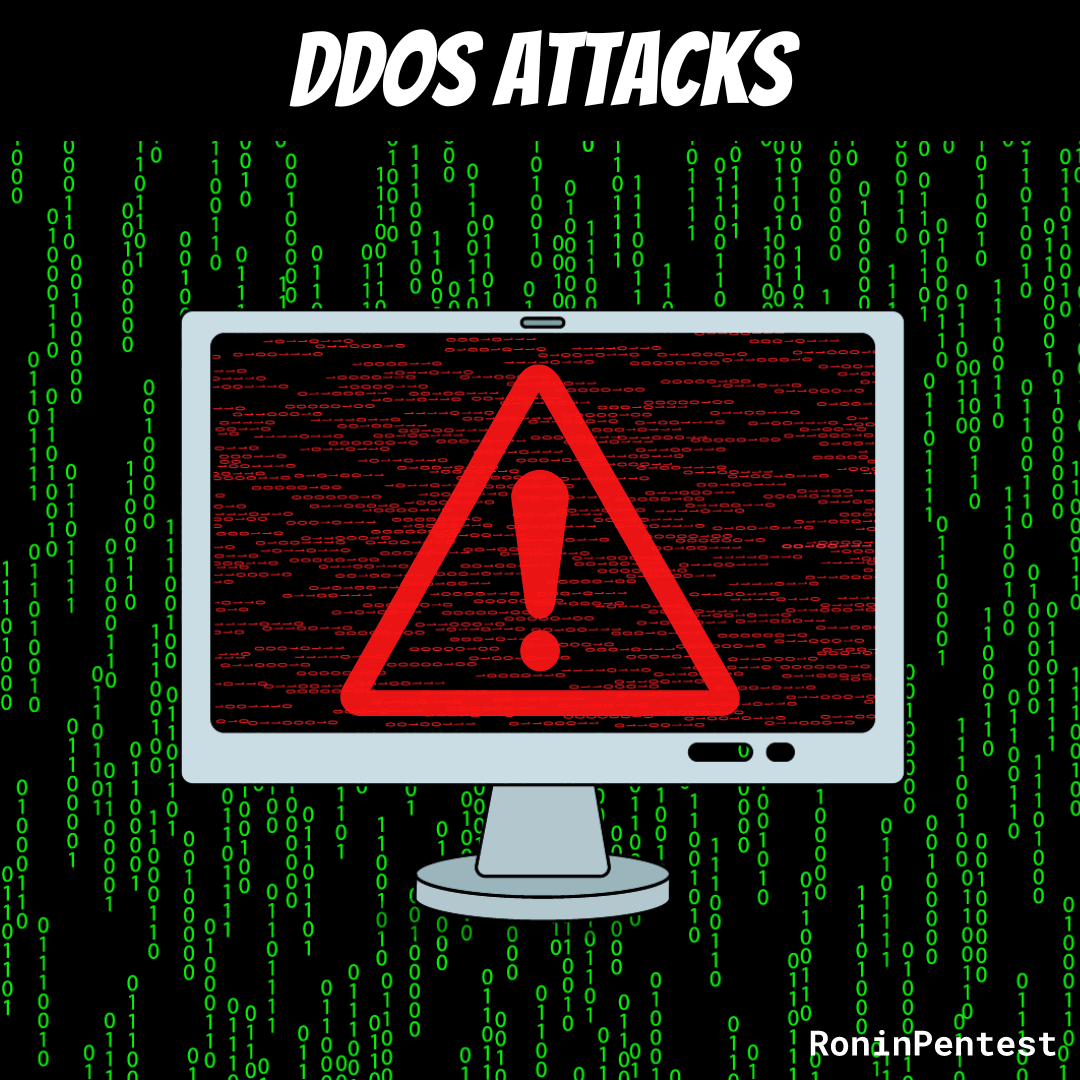DDoS Attacks and Prevention
by Ben Brown | 12/28/2022

by Ben Brown | 12/28/2022

DDoS stands for Distributed Denial of Service and unfortunately, DDoS attacks seem to be increasing in the world of cyber-attacks. For those who are not familiar with the term, a DDoS attack is when a hacker directs so much traffic to a website that it crashes or becomes unavailable to legitimate users. This can be done by using hijacked devices like computers and mobile phones, as well as using botnets.
A DDoS attack is a type of cyberattack where a malicious black hat hacker https://justsaynotohackers.co.uk/white-hat-vs-black-hat-hackers-whats-the-difference/ disrupts a website or internet access by overwhelming their target with internet traffic. DDoS attacks are classified as denial-of-service (DoS) attacks because they seek to render a website or service unavailable to its legitimate users.
Unlike other types of DoS (denial of service) attacks, which typically rely on a single computer or internet connection to generate large amounts of traffic, DDoS attacks typically involve hundreds or even thousands of devices, each sending a small amount of data. By flooding the target with traffic from many different sources, DDoS attackers can quickly overwhelm the target's bandwidth and resources, making it unavailable to legitimate users.
There are several different types, the most common involve using: Botnets – these are networks of infected computers used to generate malicious traffic. https://www.kaspersky.co.uk/resource-center/threats/botnet-attacks
SYN Flood (half-open attack) - the attacker sends multiple SYN packets to be used to initiate communication to the target without ever completing the connection. This can cause the target's resources to be exhausted and eventually lead to a shutdown.
There are different DDoS attack aims, including: • Volumetric attacks seek to overload the bandwidth of a target, making it inaccessible to legitimate users. • Application attacks target specific weaknesses in an application, such as a known vulnerability or a flaw in the design. • Protocol attacks exploit weaknesses in the communication protocols themselves, such as those that control the flow of traffic on the internet.
While each type of attack has its own unique characteristics, they all share one common goal: to disable a target by overwhelming it with illegitimate requests. As the number and complexity of DDoS attacks continue to grow, organisations must be vigilant in their efforts to protect themselves.
Although there is no guaranteed way to prevent attacks, there are steps that organisations can take to reduce their risk, such as ensuring that their networks are properly segmented and that they have adequate capacity to absorb high volumes of traffic.
Another way to prevent an attack is to use a content delivery network (CDN). A CDN is a geographically distributed network of servers that helps to deliver content more quickly and reliably. By caching content on multiple servers around the world, a CDN can help to ensure that visitors can always access your site, even if one or more servers are unavailable.
Businesses can also prevent a DDoS attack by using a web application firewall (WAF). A WAF is a type of firewall that filters incoming traffic based on a set of rules. By filtering out malicious traffic, a WAF can help to protect your site from DDoS attacks. However, it is important to note that WAFs cannot always prevent all types which is why it is important to implement multiple layers of security in order to protect your site from the full range of potential threats.
If your website is attacked, it can be a daunting experience. However, there are some steps you can take to mitigate the damage and get your site back up and running as quickly as possible. First, try to identify the source of the attack. If it is coming from a single IP address, you can block that address using your server's firewall. If the attack seems to be coming from multiple locations, you may need to seek out professional help to determine the source and how to best protect your site.
Once you have identified the source of the attack, you can work on fortifying your site against future attacks. This may involve installing security plugins, upgrading your hosting package, or making other changes to your website's infrastructure. Taking these steps can help to ensure that your website is better protected against future attacks.
DDoS Attacks are a serious threat to any business and can result in lost revenue, data theft, or even bankruptcy. It is important to be aware of the different types of attacks and how you can prevent them from happening to your company. Ronin-Pentest offers cyber security services https://ronin-pentest.com/services that include vulnerability scans and protection against all types of cyberattacks. For more information on our services, please contact us https://ronin-pentest.com/contact.
Start scanning your projects for free. You will get a free breakdown of your security status. Start securing your future now.
Get started